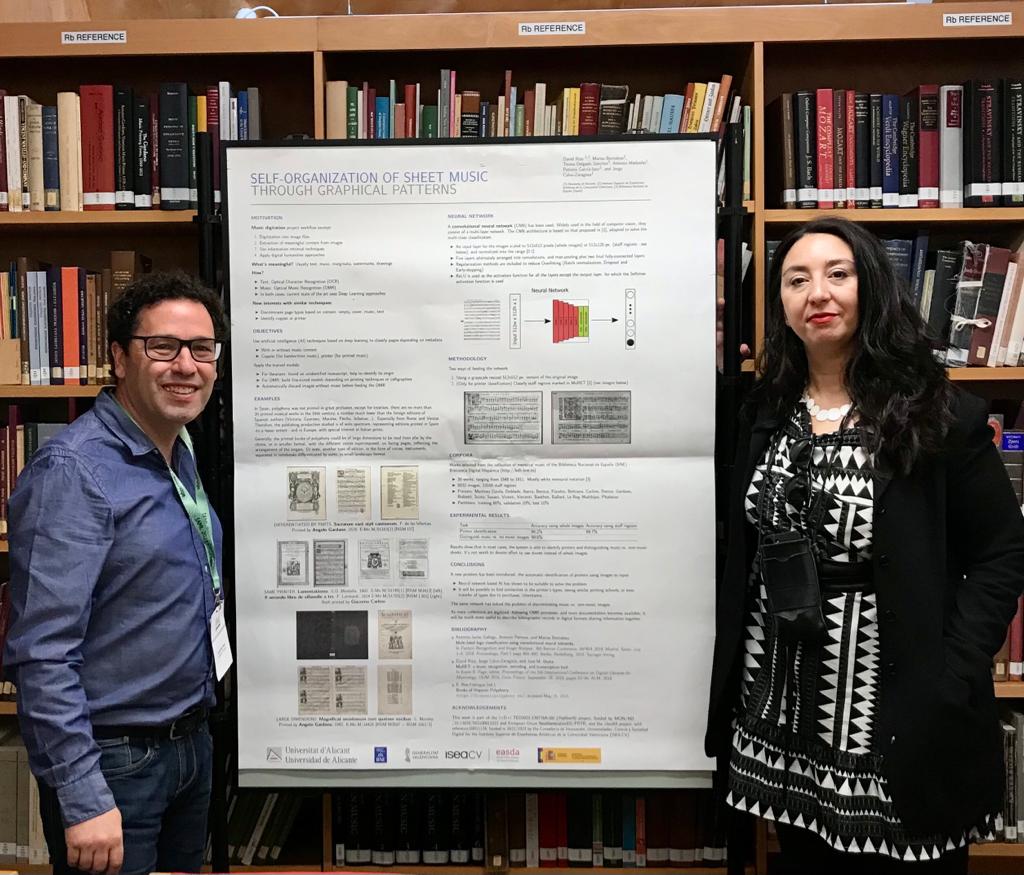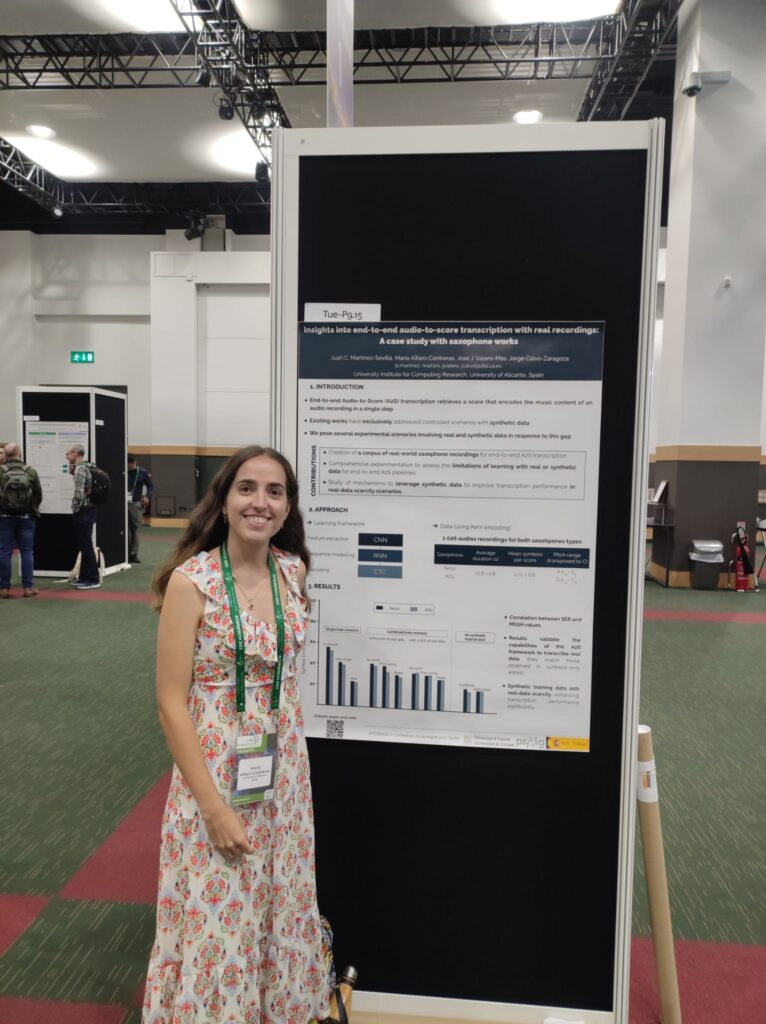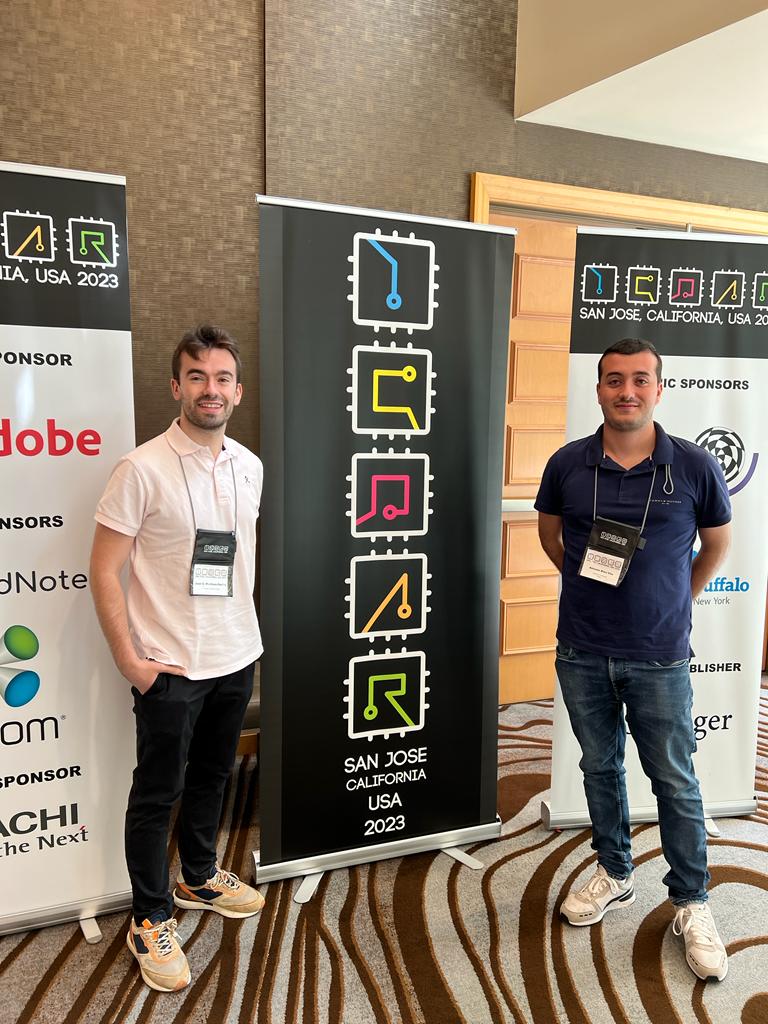August 24, 2023
Summer conferences
During this summer, key members of our research group participated in several academic conferences, where they presented research in the intersection of music and technology.
David Rizo, in collaboration with Teresa Delgado (AEDOM / BNE), showcased our work “Self-organization of sheet music through graphical patterns” at the International Association of Music Libraries (IAML) conference. The research was conducted within the context of the PolifonIA project, centered on the automatic organization of collections using graphic patterns. Their research offers a fresh perspective on optimizing collection management through innovative technological solutions.

Maria Alfaro attended INTERSPEECH, a widely recognized event in the domain of speech and language signal processing. She presented the study “Insights into end-to-end audio-to-score transcription with real recordings: A case study with saxophone works“, that delved into the performance of automatic music transcription methods. The research examined the effectiveness of these methods when applied to real-world scenarios, utilizing saxophone recordings as a case study. The incorporation of synthetic audio data in the training of these methods was a key facet explored, and the findings offer valuable insights into applicability and challenges in this domain.

In a similar vein, two of our researchers, Antonio Rios-Vila and Juan C. Martinez-Sevilla, made significant contributions at the International Conference on Document Analysis and Recognition (ICDAR). Antonio presented “End-to-end Optical Music Recognition for Pianoform Sheet Music“, a work from the journal track where he explored end-to-end optical music recognition for piano sheet music. This holistic methodology marks a significant advancement in the automated interpretation of intricate musical scores. Concurrently, Juan C. presented “A Holistic Approach for Aligned Music and Lyrics Transcription“, which represents novel research in the simultaneous recognition of musical notation and lyrics in images. The ability to recognize and capture both musical notation and lyrics in a single step represents a noteworthy milestone in optical music recognition.

These contributions underscore our group’s ongoing commitment to cutting-edge exploration and advancement, especially in the field of music information retrieval.